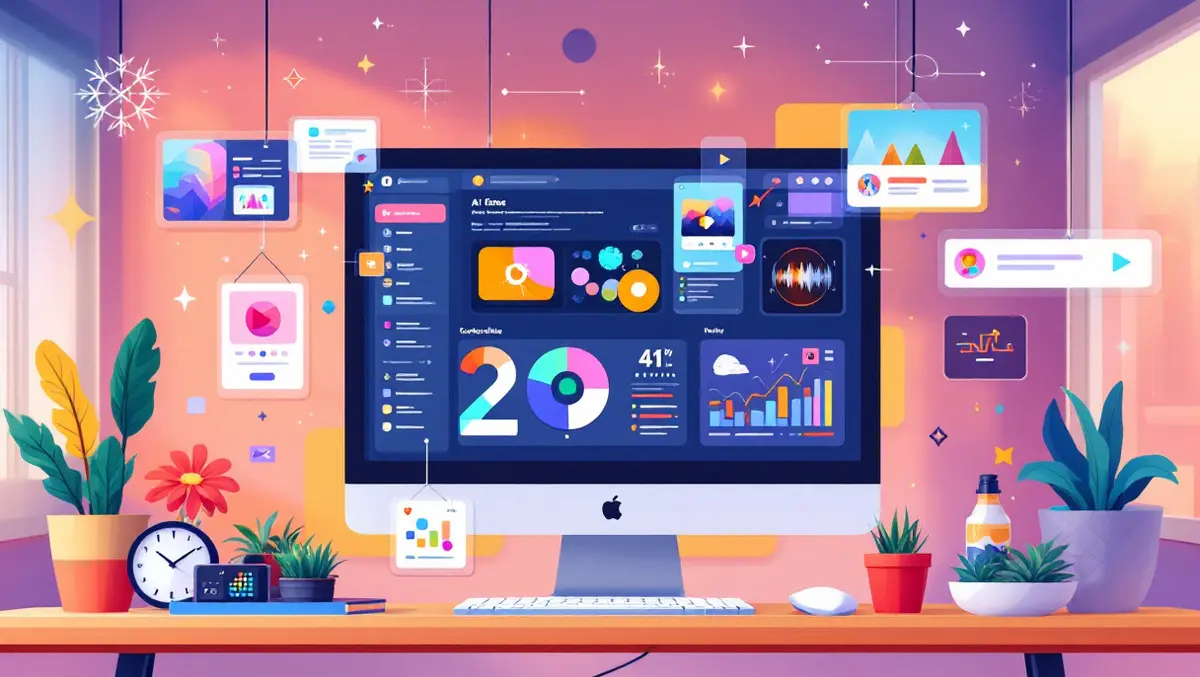Adobe has launched a new version of its Firefly app, integrating a suite of AI-generative content creation tools and expanding its model offering through partnerships with Google Cloud and OpenAI.
The updated Firefly application consolidates Adobe's suite of AI models into a single platform for generating images, video, audio, vectors, and designs. Users can now select from Adobe's own commercially safe Firefly models or utilise models from partners such as Google Cloud and OpenAI. Additional integrations with partners, including fal.ai, Ideogram, Luma, Pika, and Runway, are planned in the coming months.
Among the new offerings is the Firefly Image Model 4, described by Adobe as delivering lifelike image quality, enhanced creative control, and higher-resolution outputs of up to 2k. An upgraded version, Image Model 4 Ultra, is also available, designed for detailed and complex scene rendering where realism is a key requirement.
The Firefly Video Model is now generally available, enabling the generation of 1080p video clips from text prompts or images. Users can also fine-tune video outputs, control camera settings, and create custom motion and atmospheric effects. Adobe reports that brands such as Dentsu, PepsiCo (including Gatorade), and Stagwell have adopted the video model for content production.
The Firefly Vector Model now supports Text-to-Vector functionality, allowing designers to generate fully editable vector artwork—including logos, product packaging, icons, and patterns—using everyday language. Adobe states that collectively, its Firefly AI models have been used to create more than 22 billion assets worldwide.
In addition to its in-house models, Firefly now allows creators to experiment with third-party AI models in different aesthetic styles. Users have immediate access to OpenAI's image generation capabilities, as well as Google Cloud's Imagen 3 and Veo 2, and Flux 1.1 Pro models. Plans are in place to add support for further partner models as they become available.
"We're pleased to work with Adobe to bring OpenAI's image generation capabilities to its creators. Now, even more people will be able to create consistent, context-aware images using the Adobe Creative Suite they already know and use, opening up more ways to share ideas visually," Kevin Weil, Chief Product Officer at OpenAI, stated.
Moreover, Firefly users can switch between AI models during their creative process, with clear information provided about which model is deployed at any given stage.
AI-generated content includes Content Credentials, identifying the model used. Enterprise customers can enable the use of partner models organisation-wide.
The introduction of Firefly Boards, currently in public beta, gives creators an AI-first environment for moodboarding and collaborative ideation. Firefly Boards allows users to iterate on hundreds of creative concepts simultaneously, refine ideas collectively, and move directly to production within a single workspace. Adobe positions this feature as a means for creative teams to align and iterate rapidly before production commences.
Addressing business needs, Adobe has expanded Firefly Services—a set of generative AI and creative APIs—designed to embed AI capabilities directly into enterprise content production workflows. Firefly Services aims to automate repetitive tasks, such as resizing assets for various marketing channels.
Companies including Accenture, Dentsu, Gatorade/PepsiCo, and The Estée Lauder Companies have reportedly used Firefly Services to speed up campaign launches and reach new audiences. New APIs, such as the Photoshop API, Text-to-Video API, Image-to-Video API, and an Avatar API, are being introduced to further streamline large-scale creative tasks.
"With Firefly, we set out to transform creators' experience by bringing image, video, audio and vector generation together in a one-stop-shop for AI-assisted creativity. The new Firefly models and the integration of partner models give our users the ultimate choice as they bring their visions to life," David Wadhwani, President of Digital Media at Adobe, said.
In its communication, Adobe reiterated its approach to AI as supportive rather than substitutive of human creativity. The company highlights that its models are developed with a commitment to respecting creators' rights and supporting responsible AI development, reflecting Adobe's longstanding links with the creative community.
Firefly Image Model 4, Firefly Image Model 4 Ultra, the new Firefly Video Model, and Firefly Boards (in public beta) are now available via Firefly on the web. A mobile version of the app is expected to be released soon.



